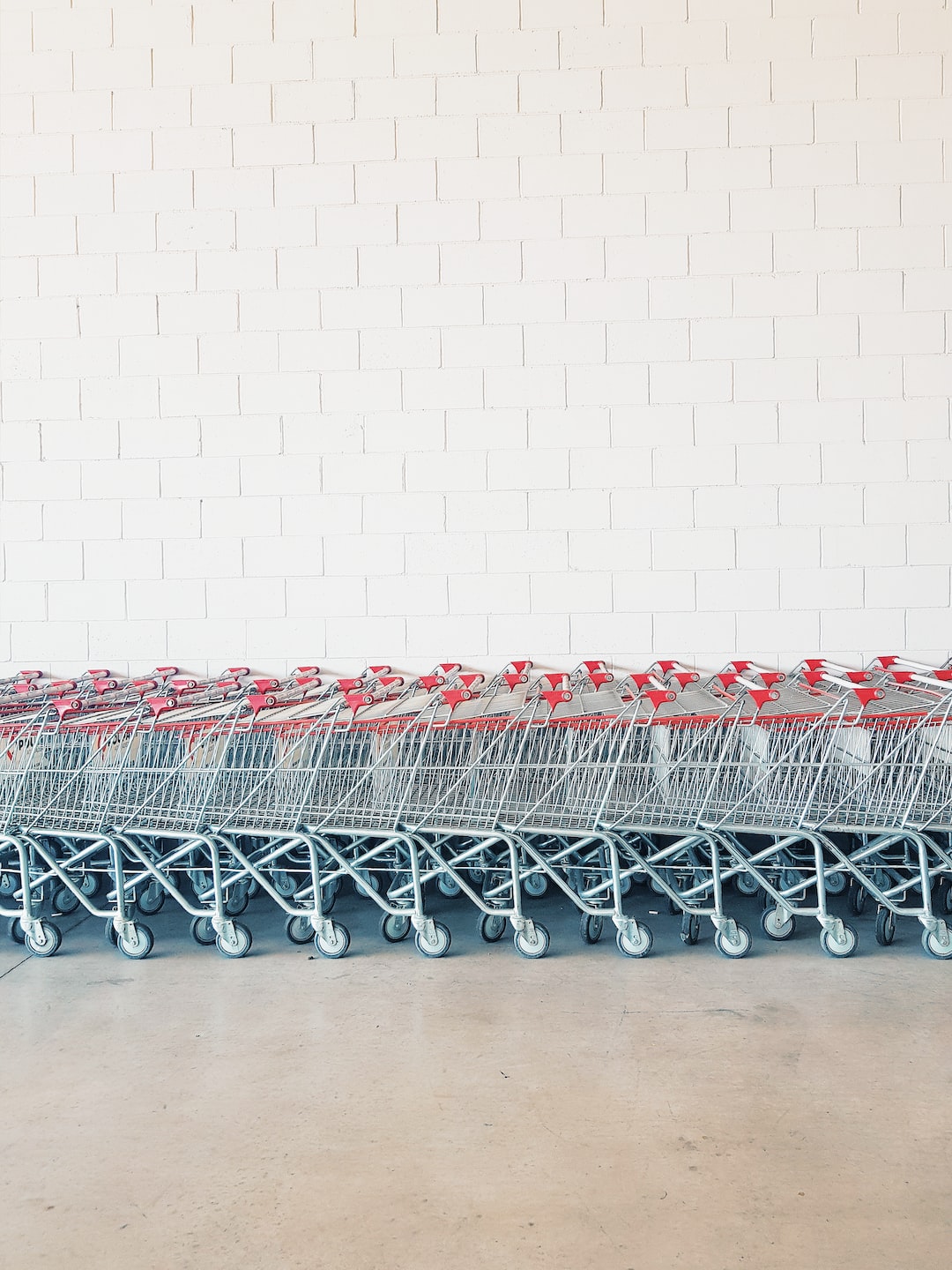Pattern design is the art of creating visually appealing and decorative designs that are often used in textiles, fashion and home decor. The art of pattern design goes beyond simply creating pretty designs, it involves a complex understanding of color theory, composition, and craftsmanship.
Creating a pattern design that is successful requires a deep appreciation for the visual language of design. Before starting a pattern, a designer must understand the principles of design, which include balance, contrast, repetition, emphasis, and unity. These principles form the foundation for creating a successful pattern design.
The first step in creating a successful pattern design is to choose the right color palette. Color plays a crucial role in determining the mood and overall aesthetic of the design. A designer must have an in-depth knowledge of color theory, including color relationships, color harmonies, and color psychology, to create a color palette that will work best for the specific design.
The next step in creating a successful pattern design is to develop a concept. A pattern without a concept is like a rudderless ship. A successful pattern must have a unifying theme or concept that ties the design together. A concept could be anything from a natural theme to a geometric shape.
Once a concept is established, the designer must determine the pattern repeat. A pattern repeat is the arrangement of a design that is repeated seamlessly across a larger surface area. There are several types of repeat patterns, including block repeat, half-drop repeat, and mirror repeat. The pattern repeat must be designed in such a way that it can be easily and flawlessly replicated across a large surface, such as a textile.
After creating the pattern repeat, the designer must then apply the pattern to the medium of their choice. In the case of textiles, this could be a digital form or a hand-drawn version. The designer must also take into consideration the size and scale of the pattern, as this can have significant implications on the final product.
As technology continues to advance, pattern design has evolved and become more accessible to a wider range of creators. The digital age has made it easier to create and manipulate patterns, giving designers the ability to experiment with a wider range of colors, shapes, and designs. However, it is still crucial that creators have an in-depth understanding of the principles of design, in order to create effective and successful pattern designs that stand out in a crowded market.
In conclusion, pattern design is an art form that requires a deep understanding of color theory, composition, and craftsmanship. It involves a complex process of selecting the right colors, developing a concept or theme, creating a pattern repeat, and applying the pattern to a medium. To create a successful pattern design, one must have a strong foundation in the principles of design, as well as a passion for creativity and innovation.

